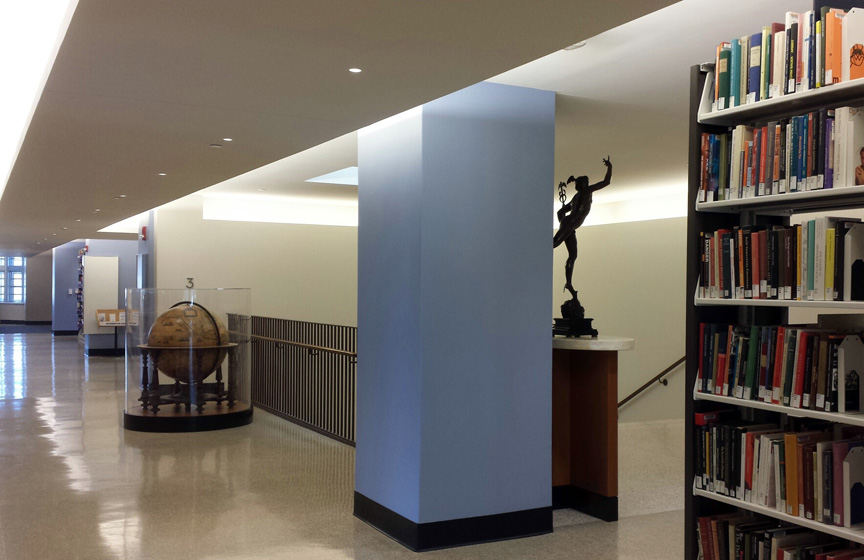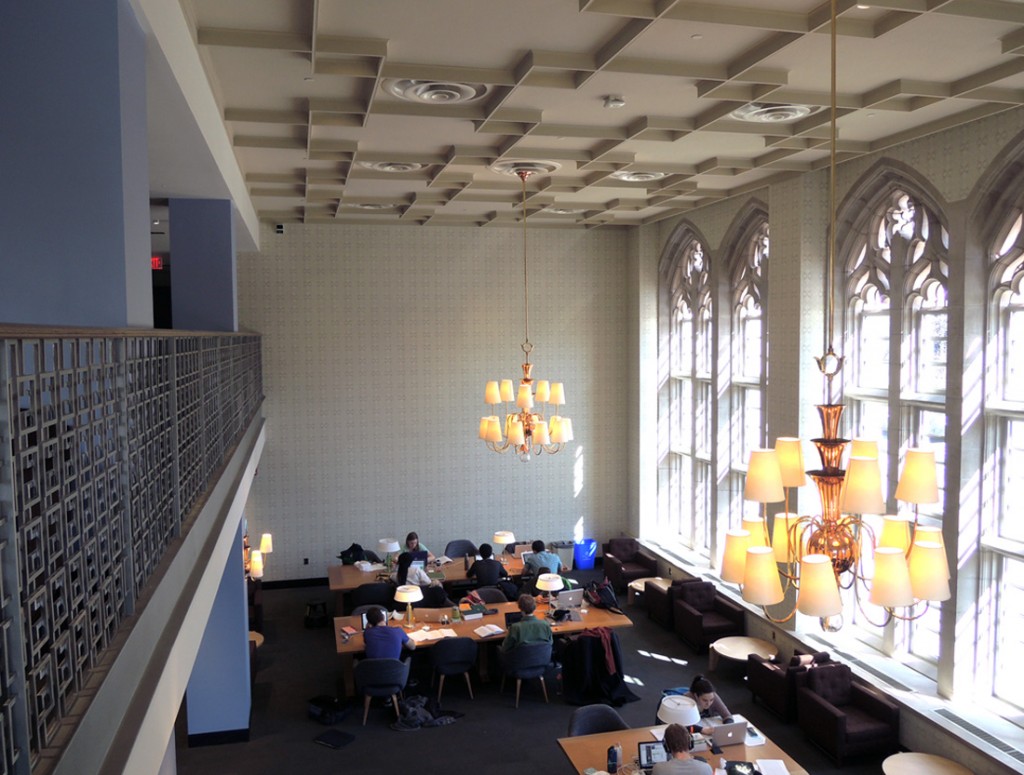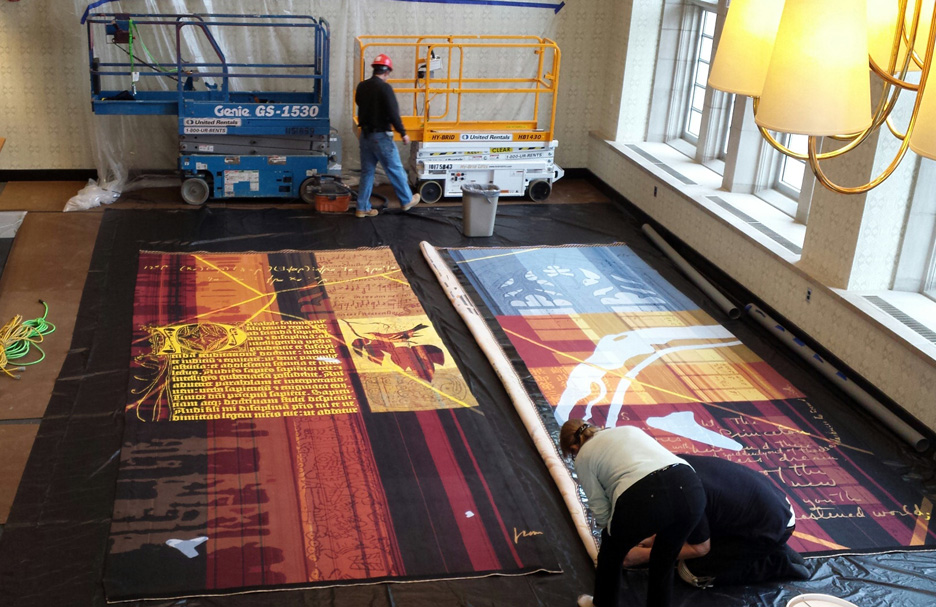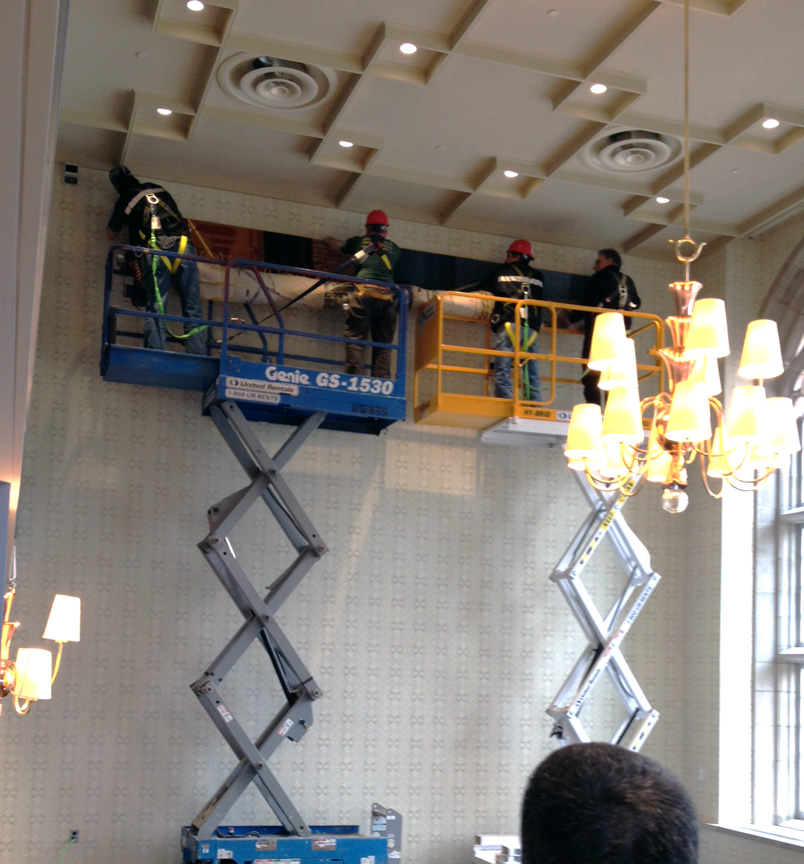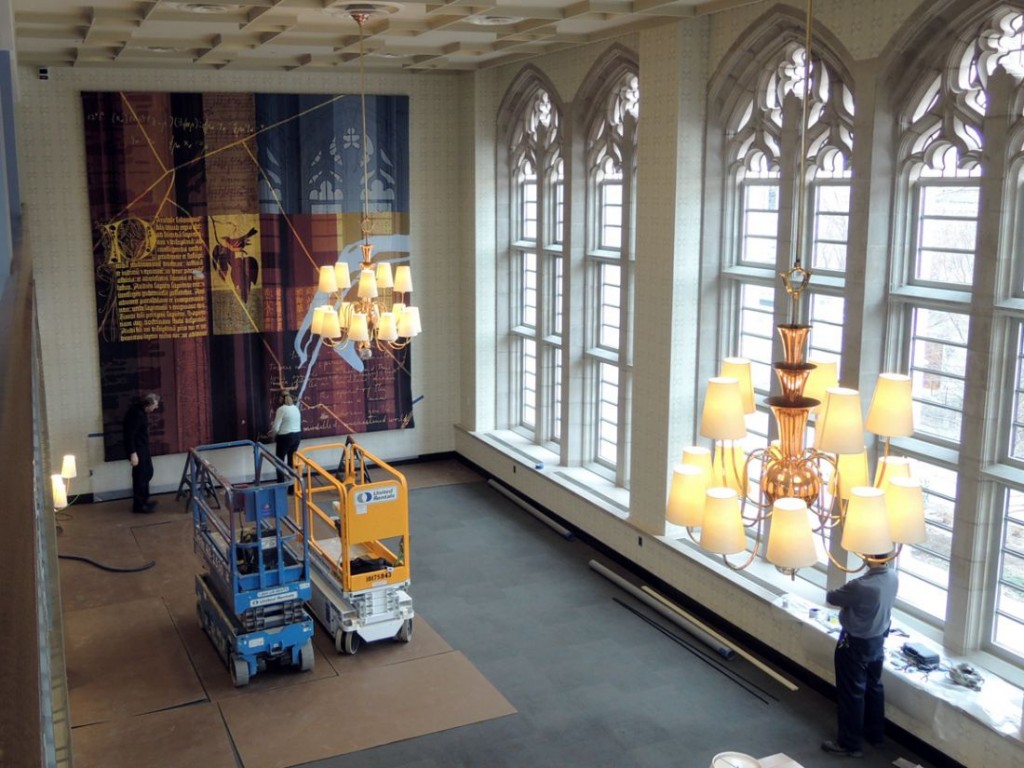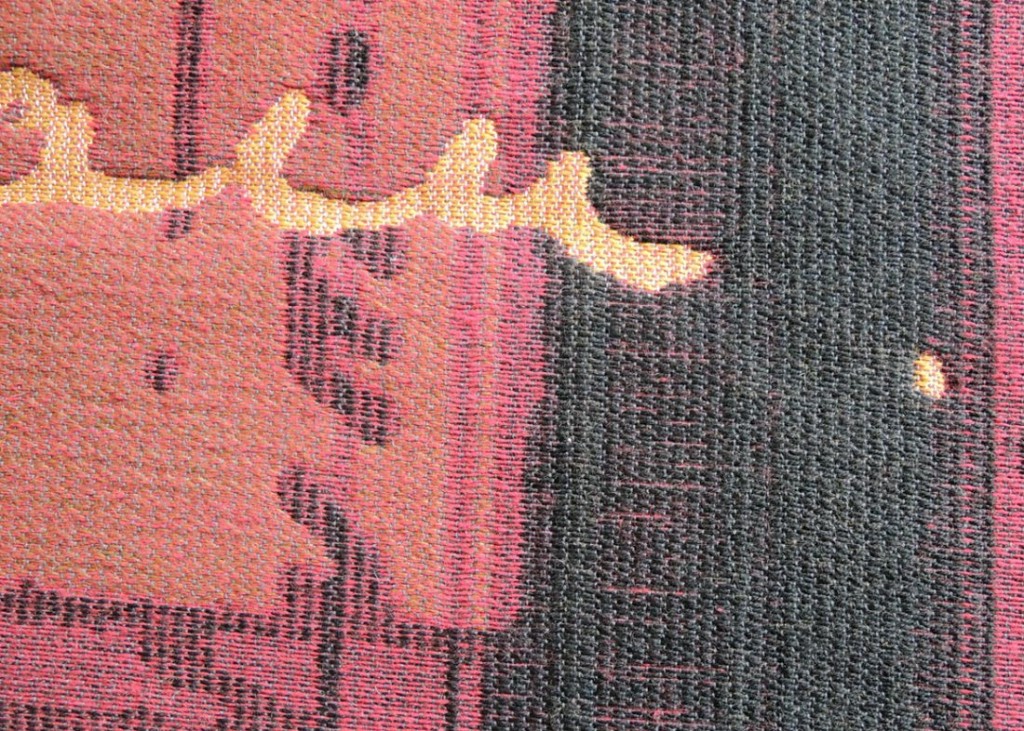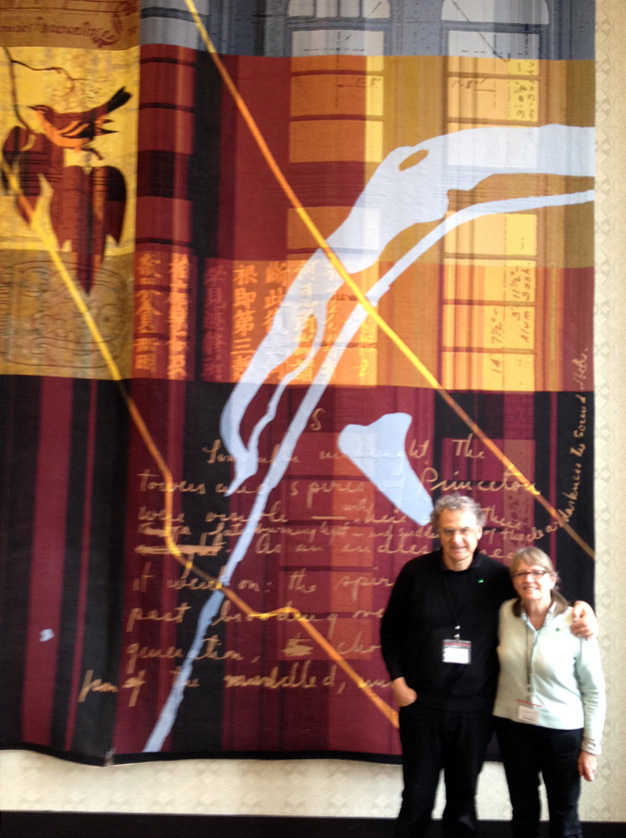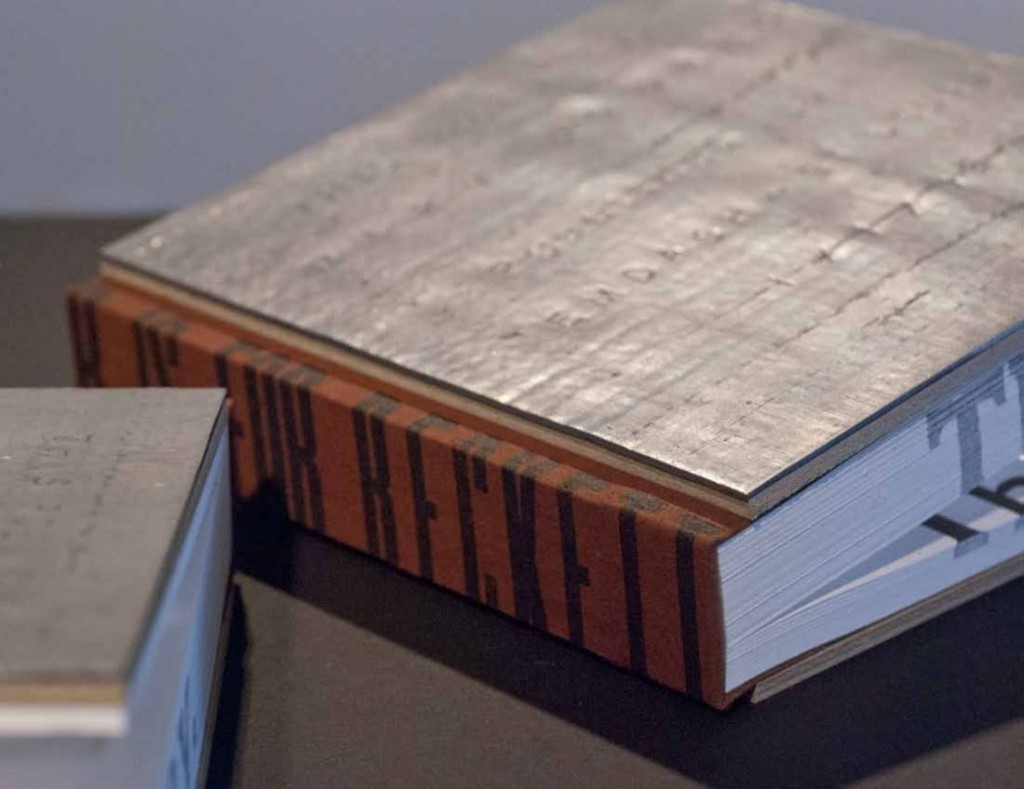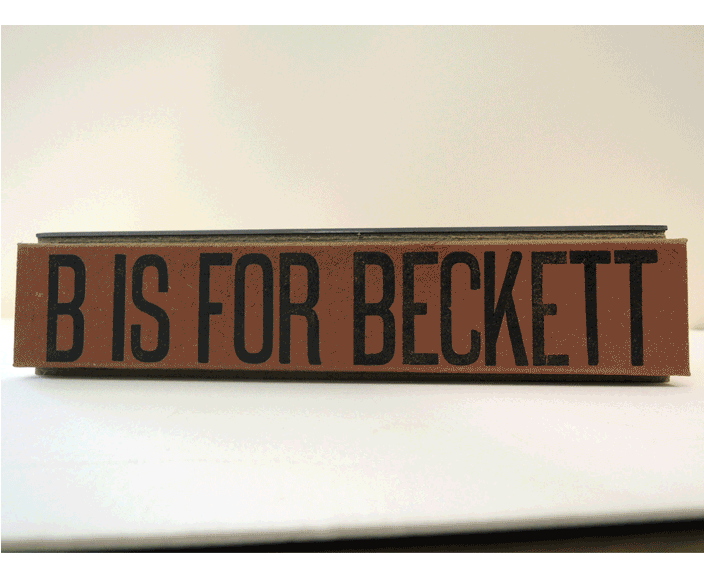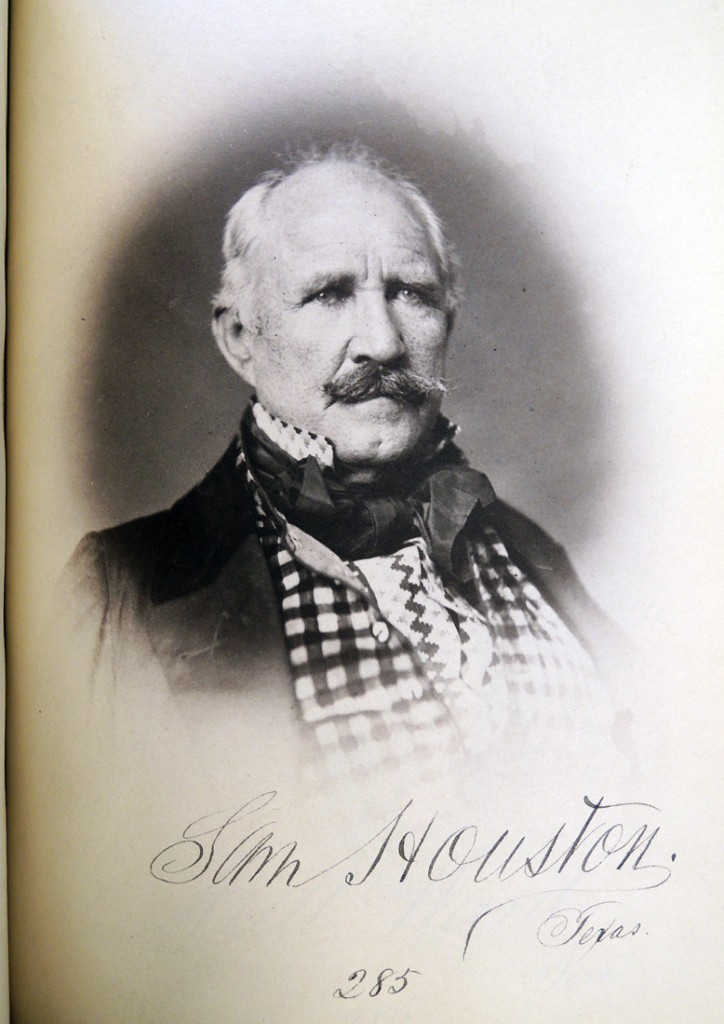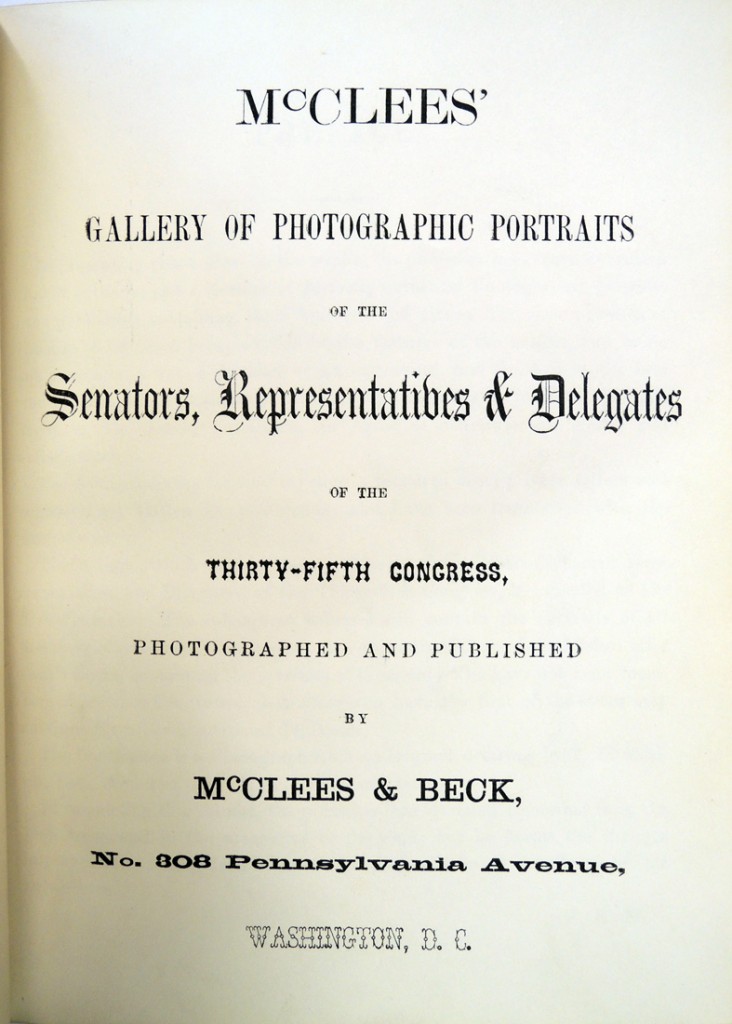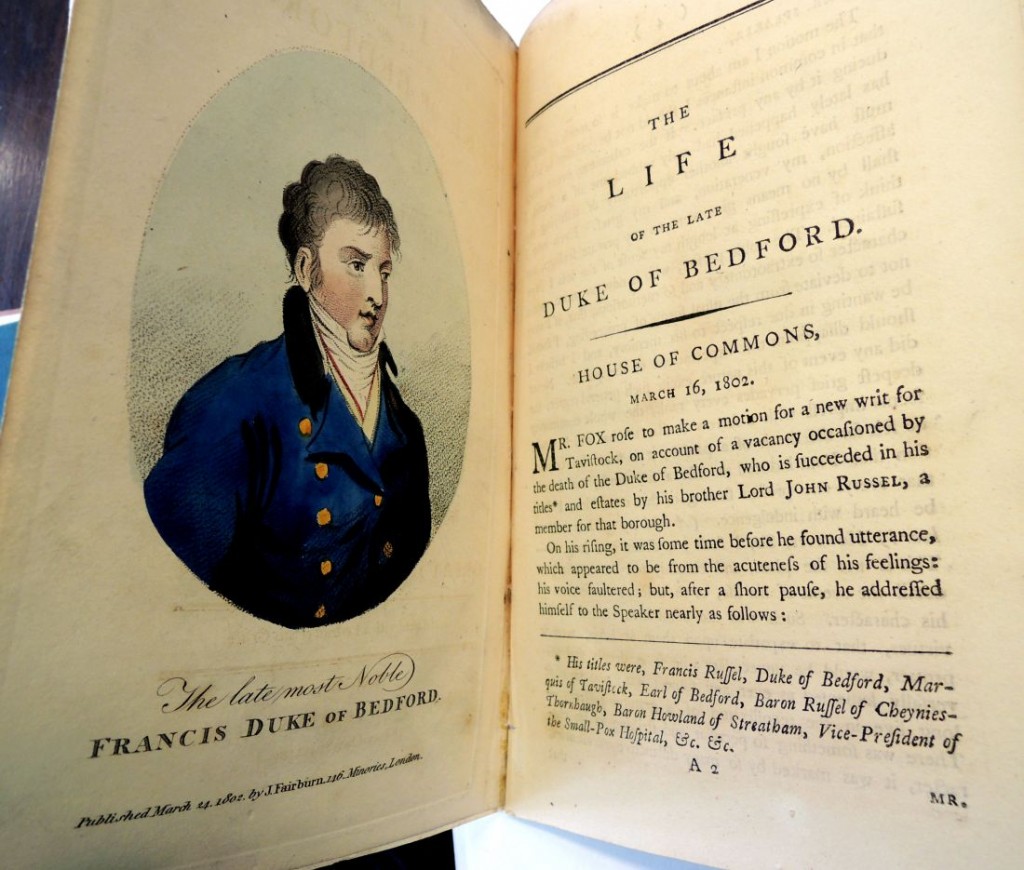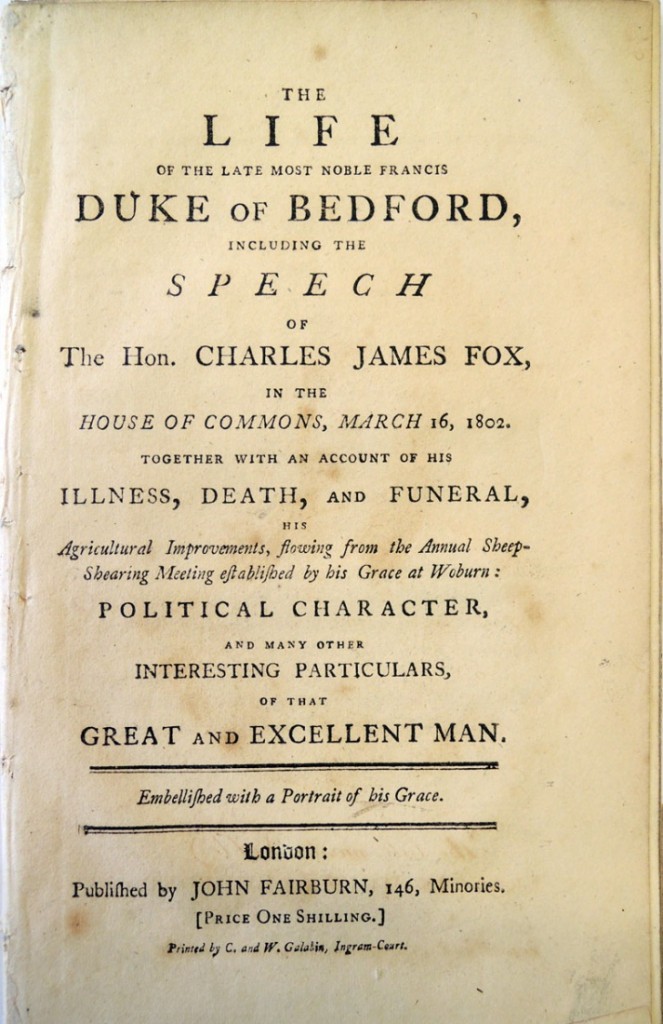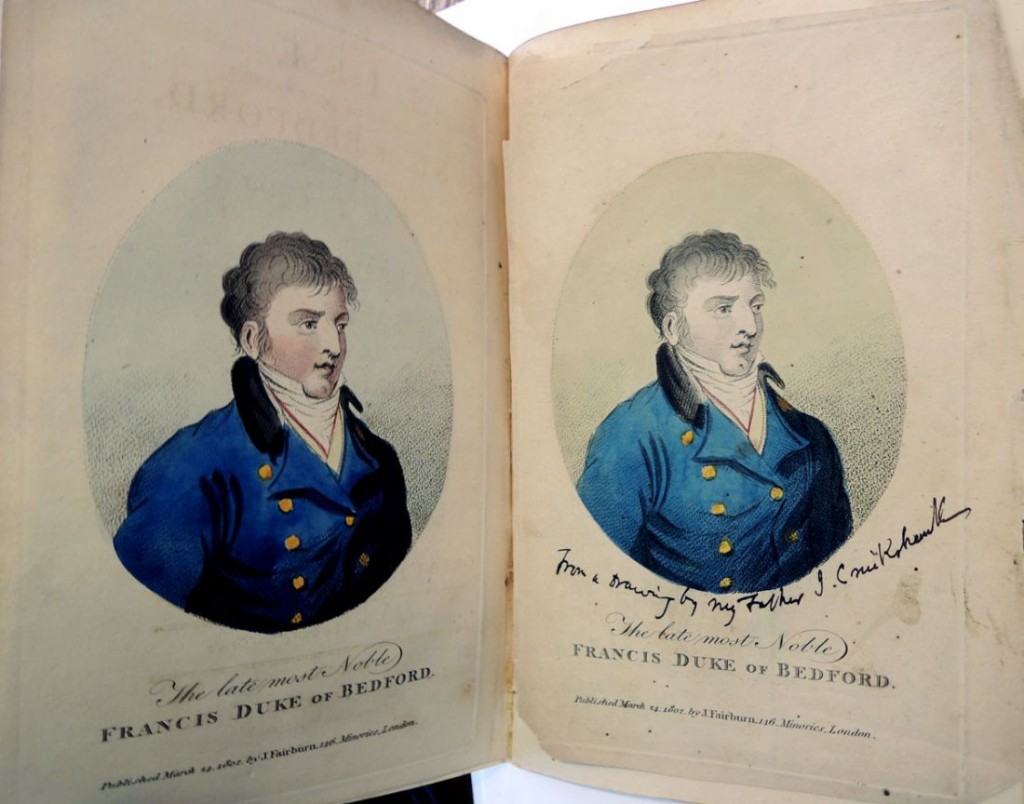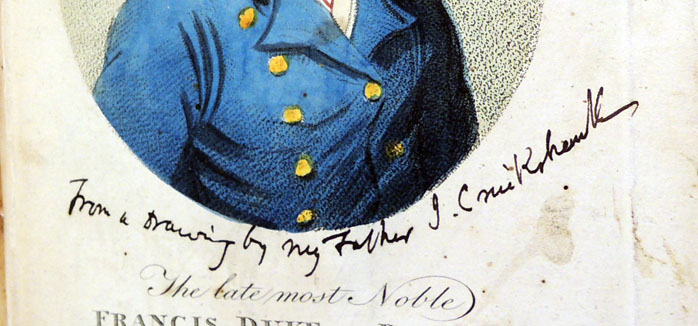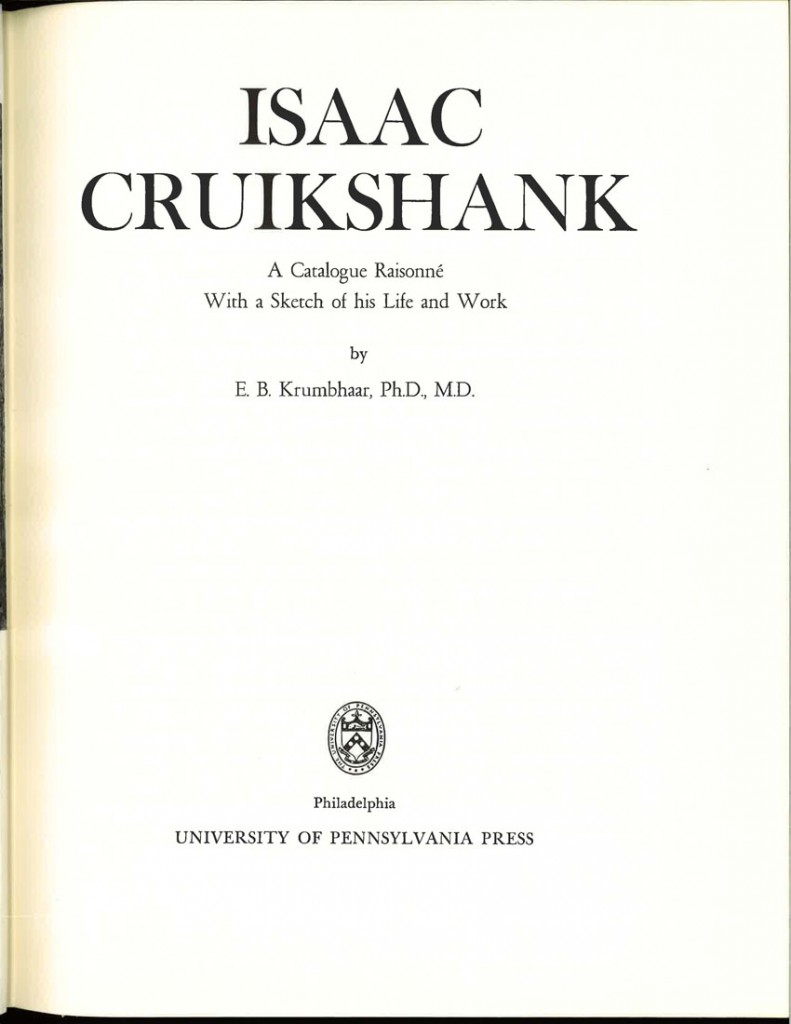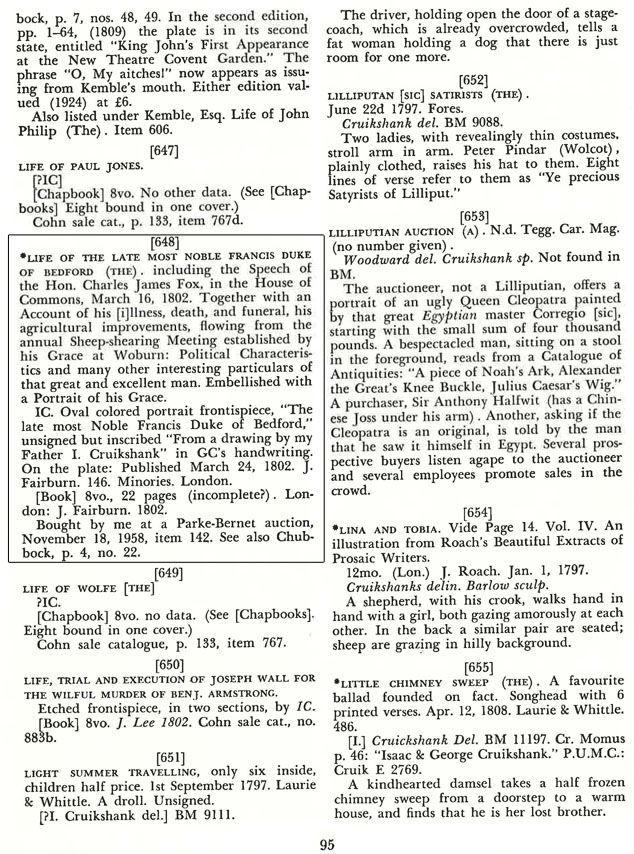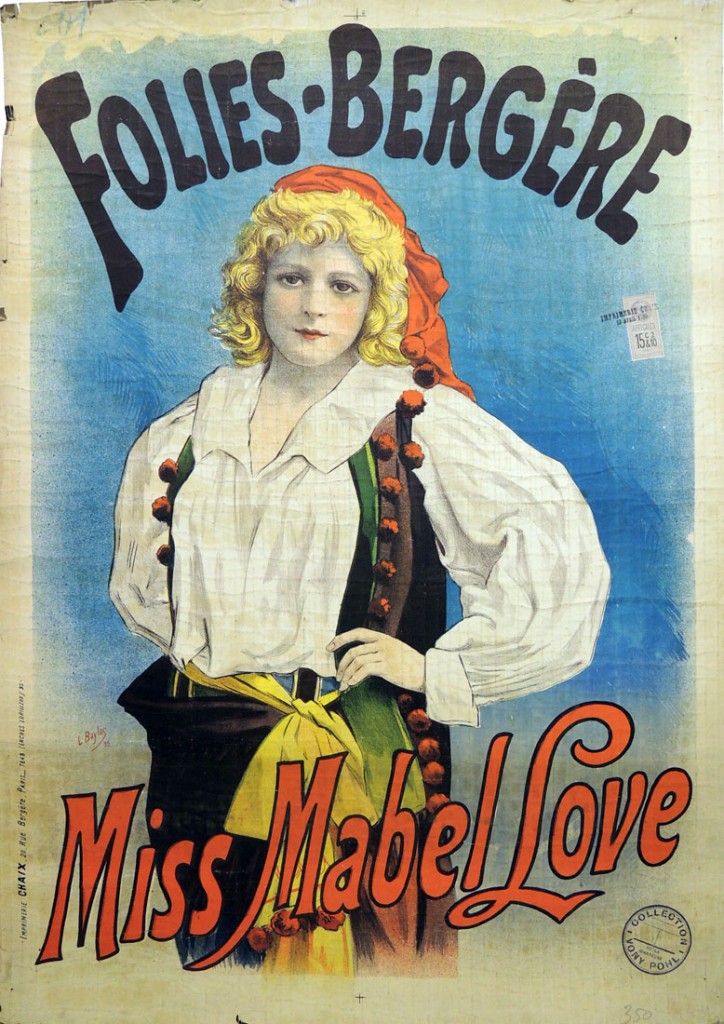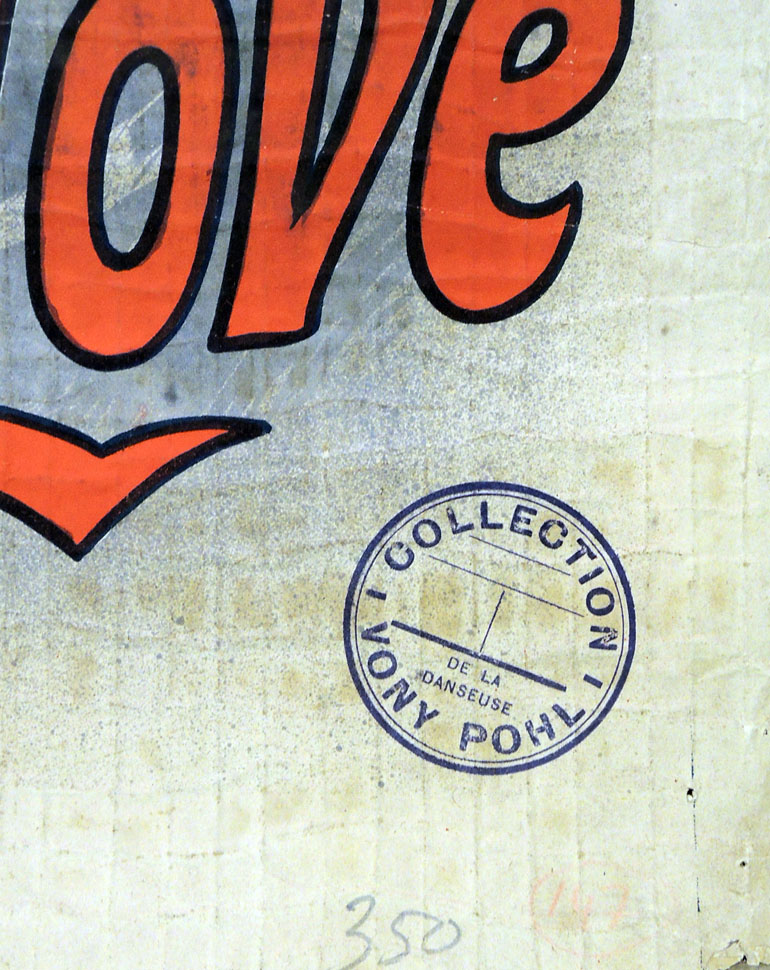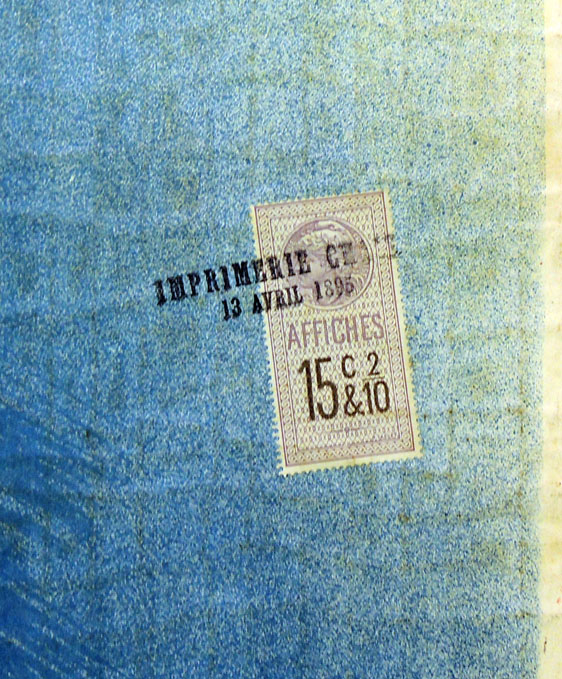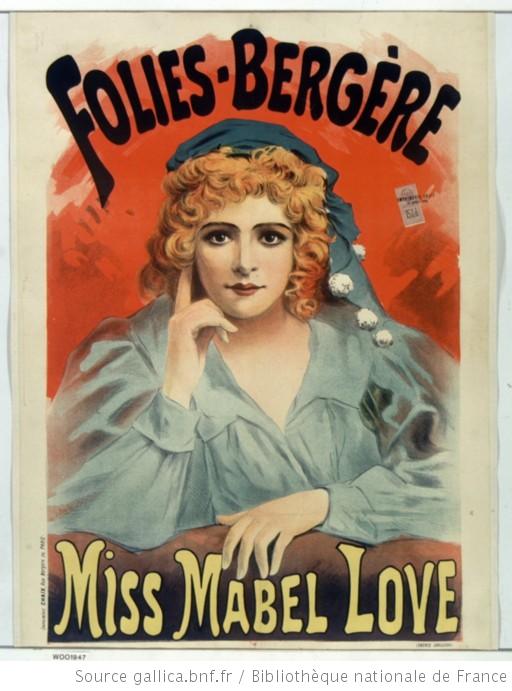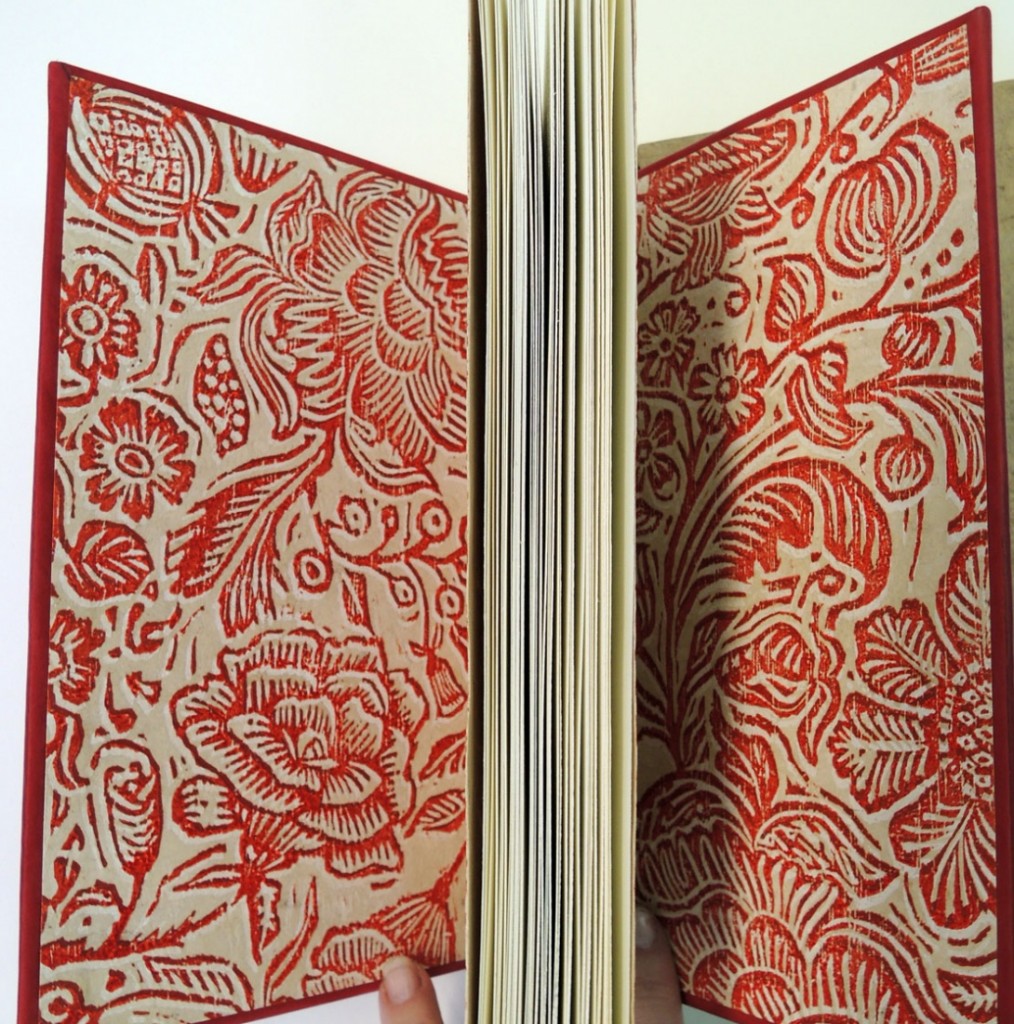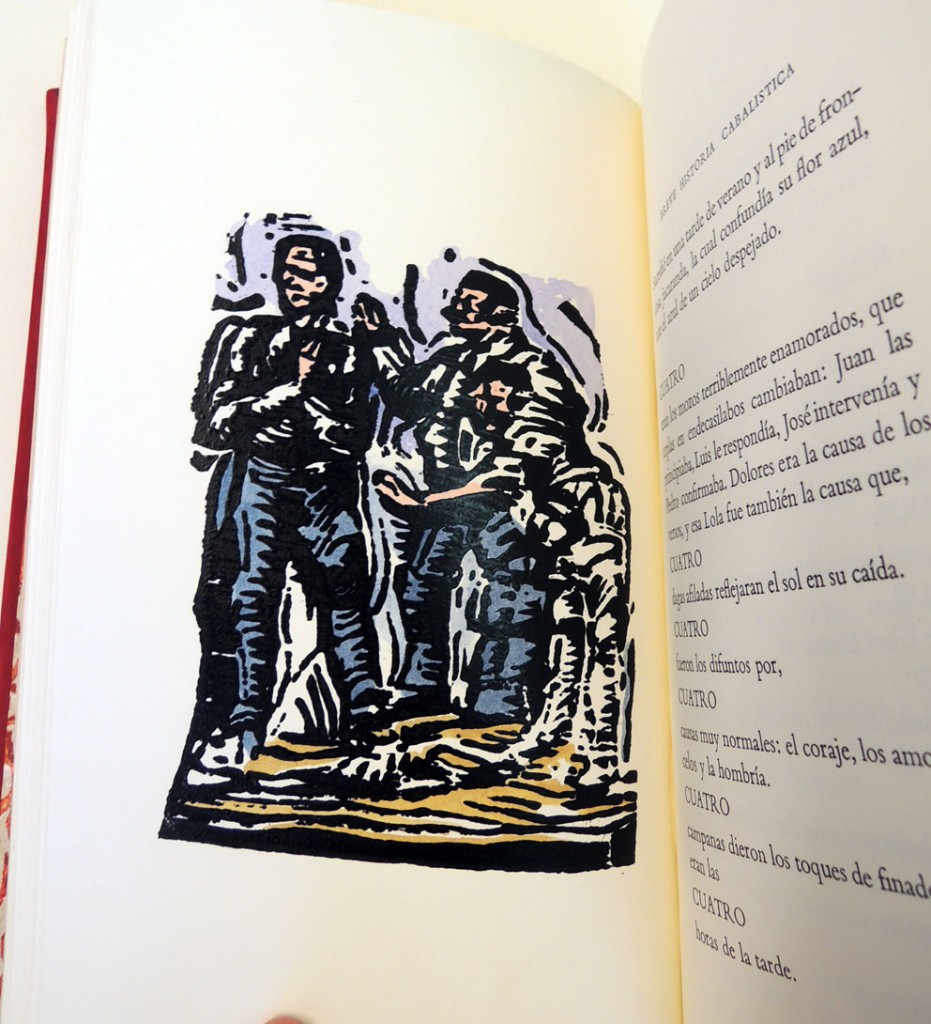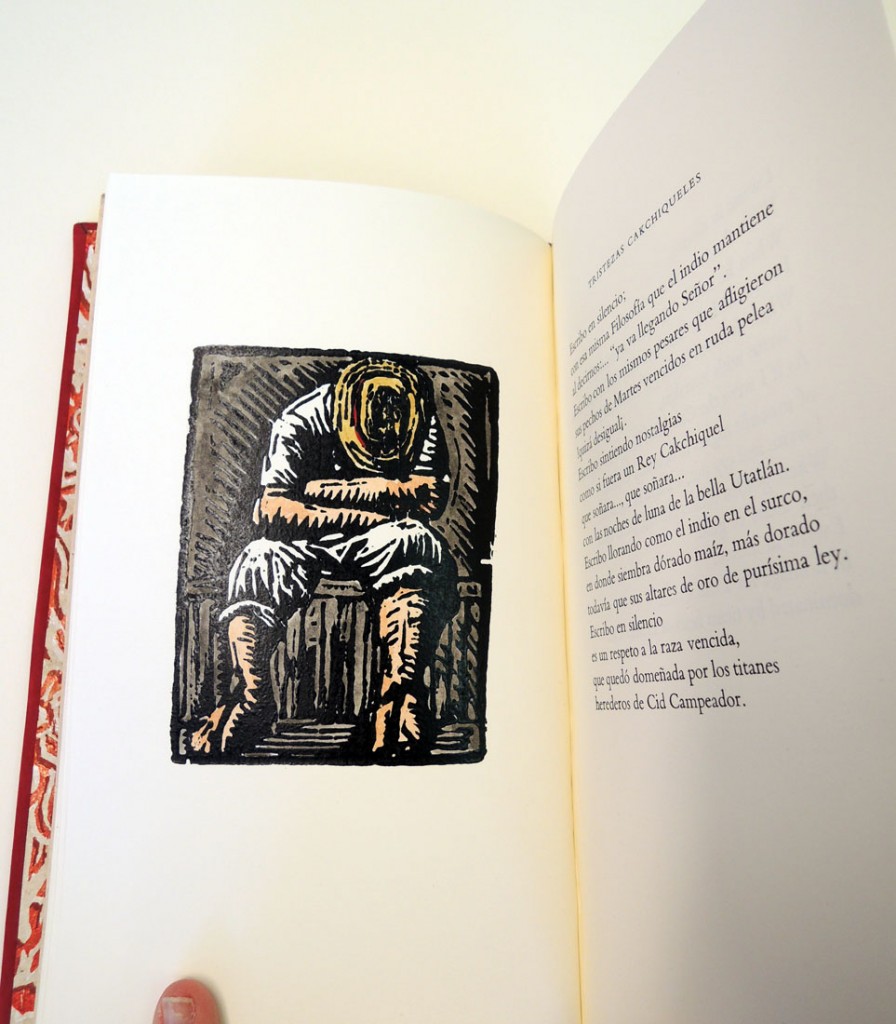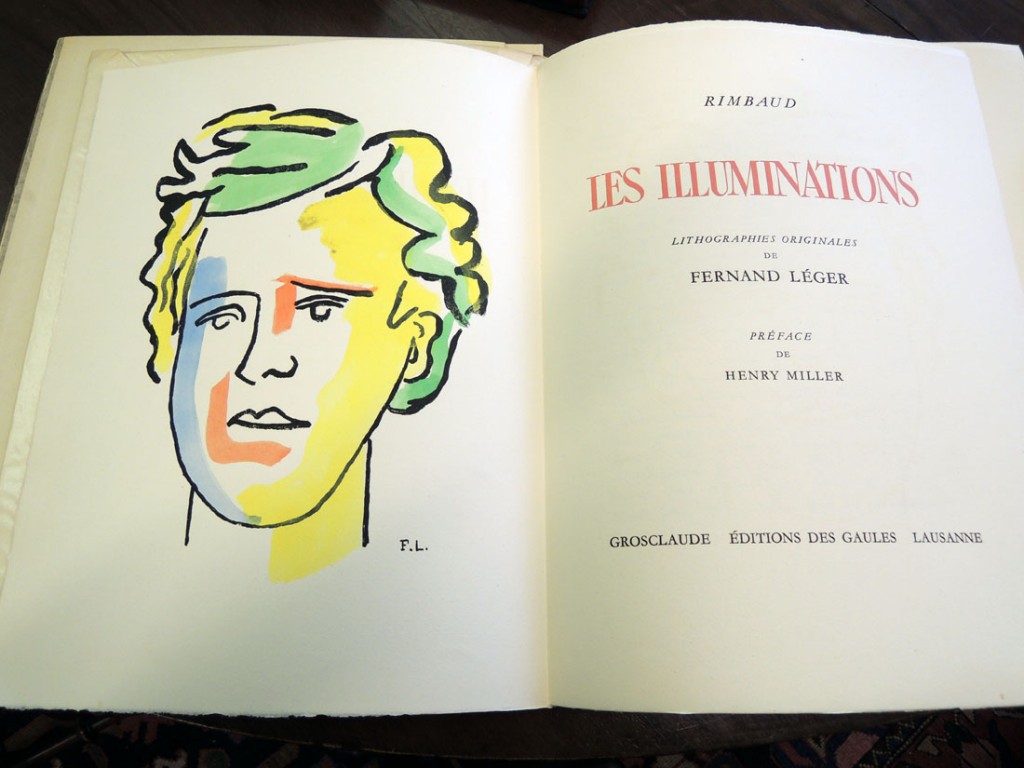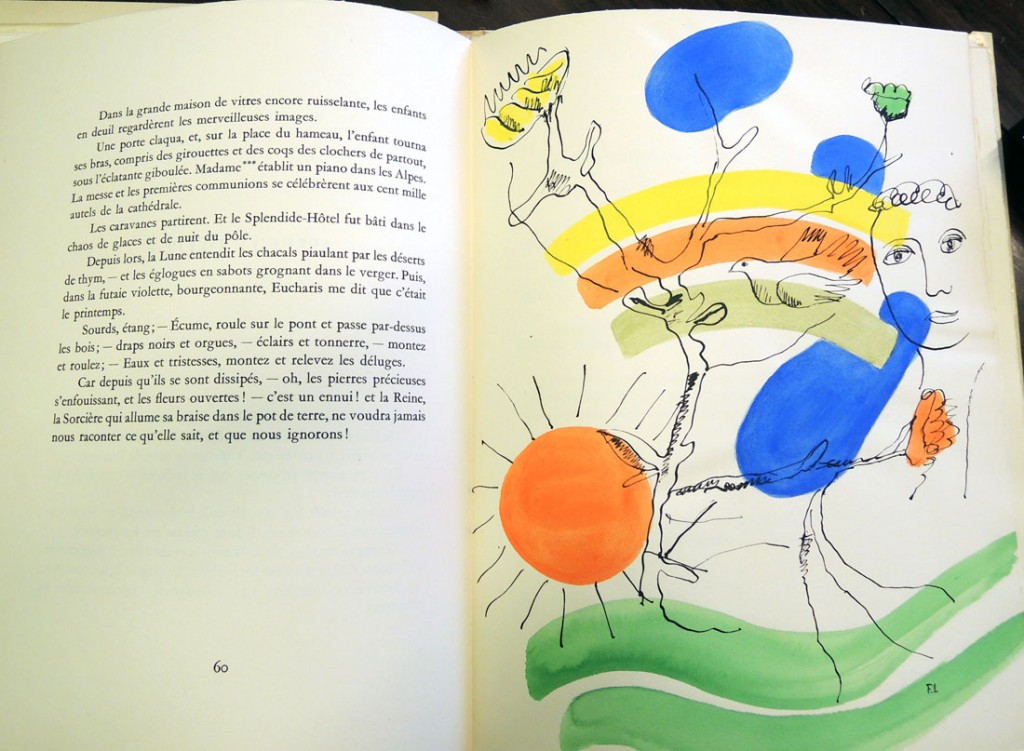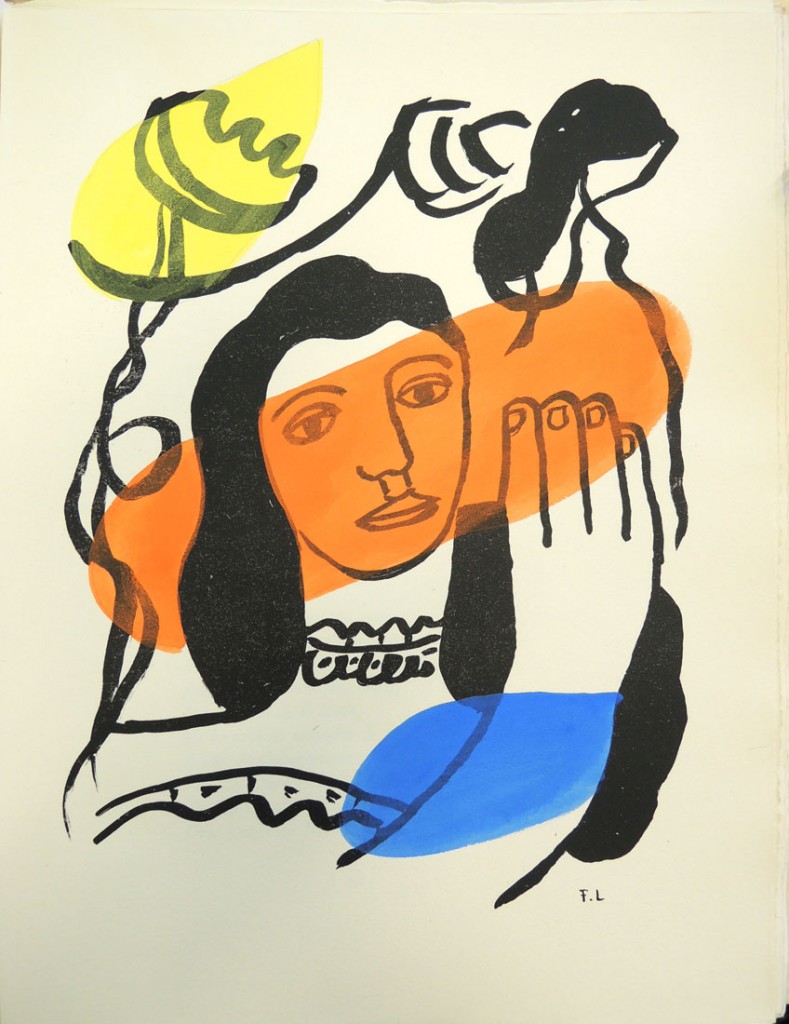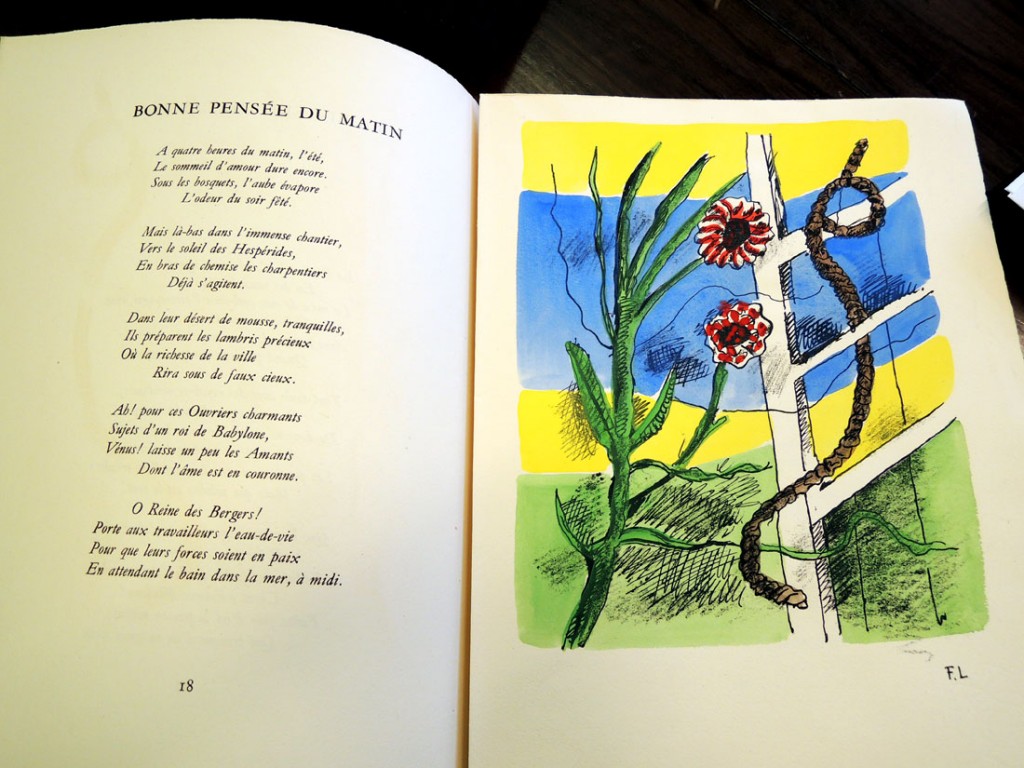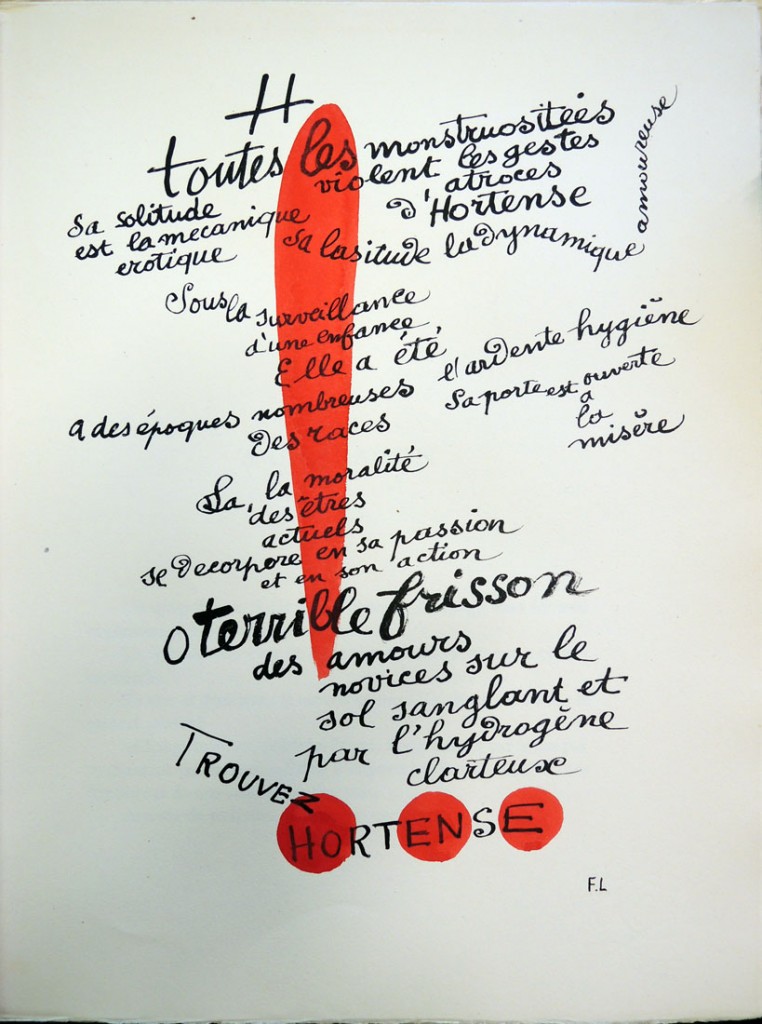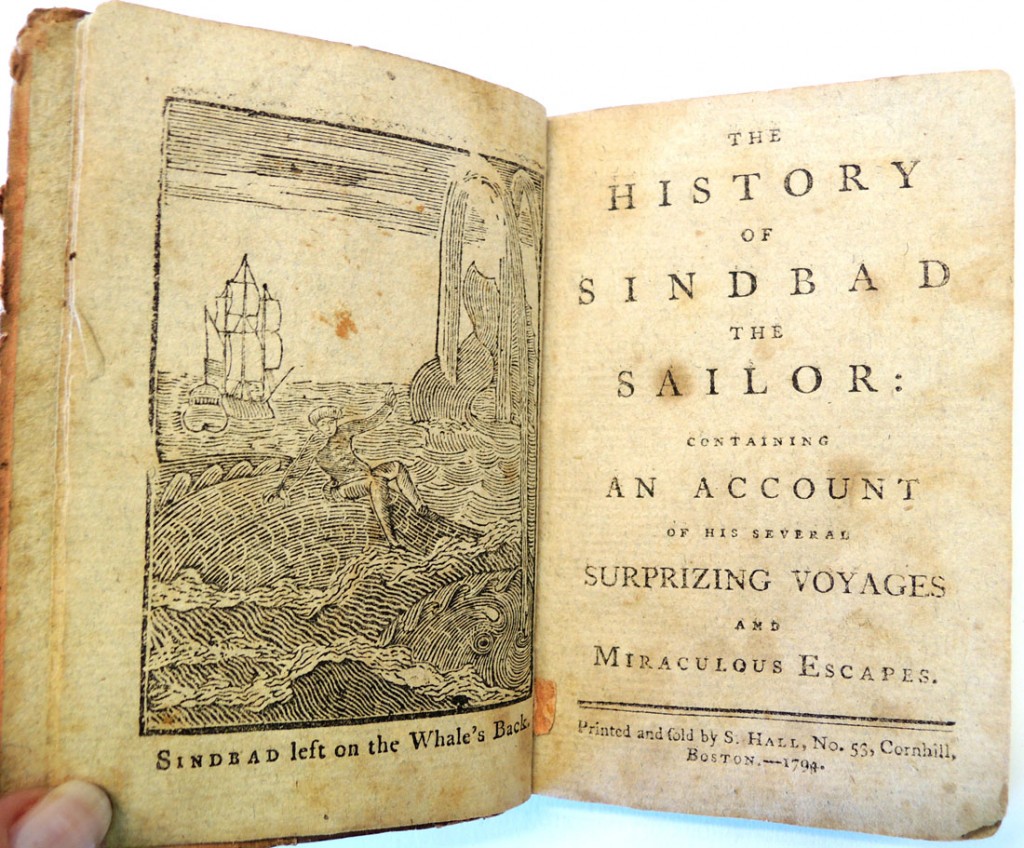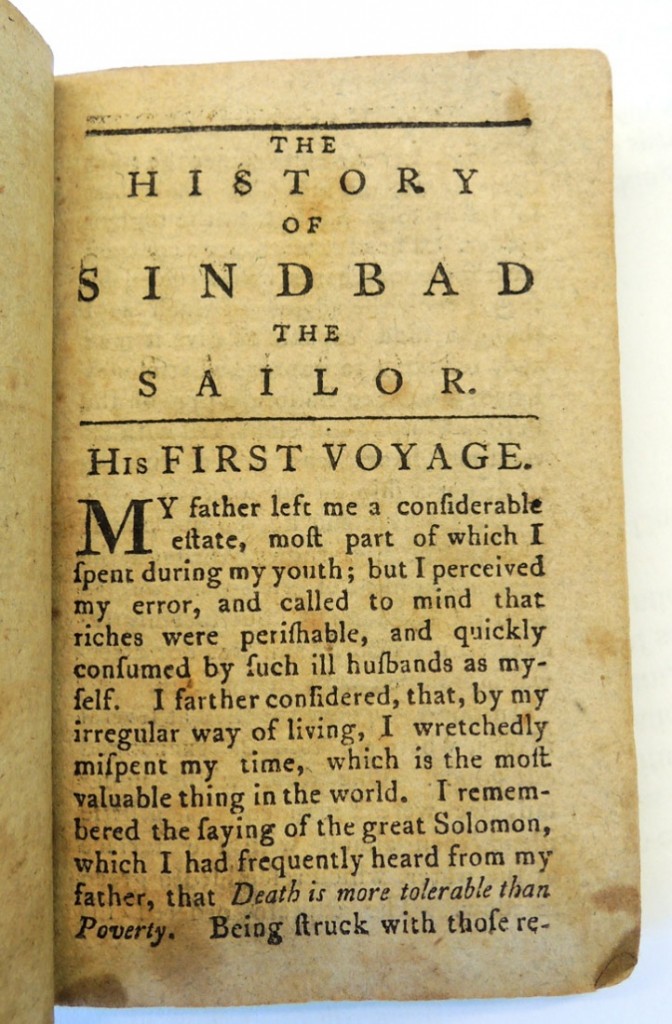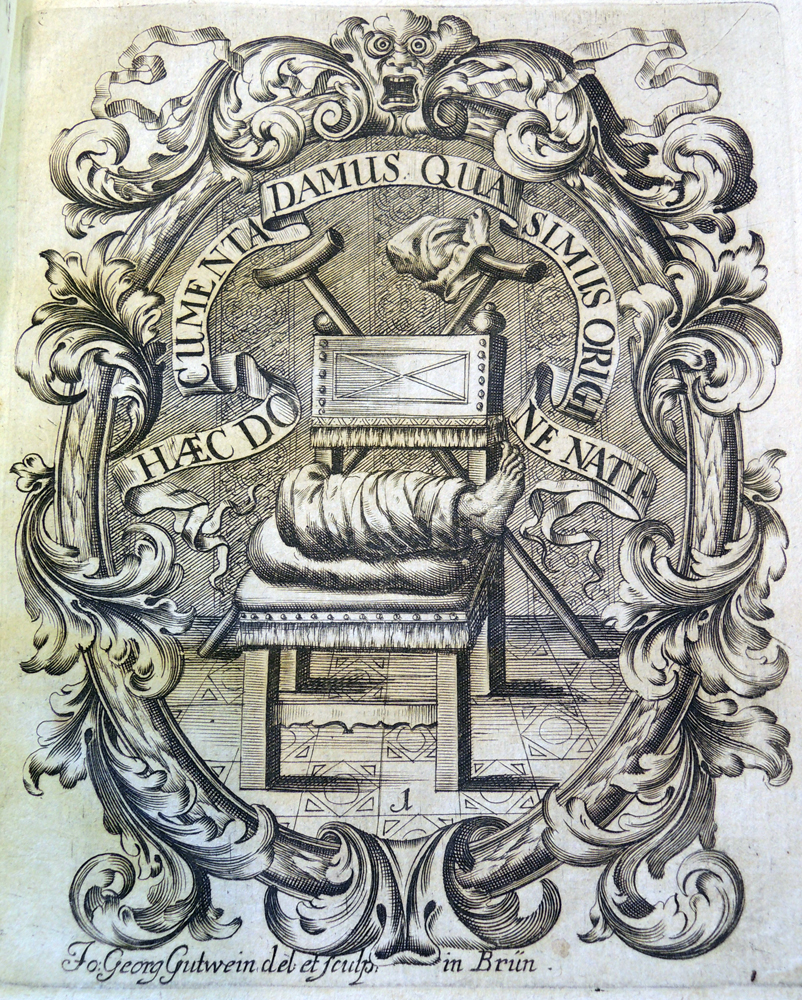 Dissertationes de laudibus et effectibus podagrae quas sub auspiciis… ([Brün?]: no publisher, [1715]). Illustrated by Johann Georg Gutwein. Graphic Arts Collection GAX 2014- in process
Dissertationes de laudibus et effectibus podagrae quas sub auspiciis… ([Brün?]: no publisher, [1715]). Illustrated by Johann Georg Gutwein. Graphic Arts Collection GAX 2014- in process
At the back of our newly acquired satire on gout is a proclamation, making fun of scholarly diplomas and professional certificates. This one congratulates the man who has acquired gout. Our colleague recently did a rough translation of the text, which is too good not to share.
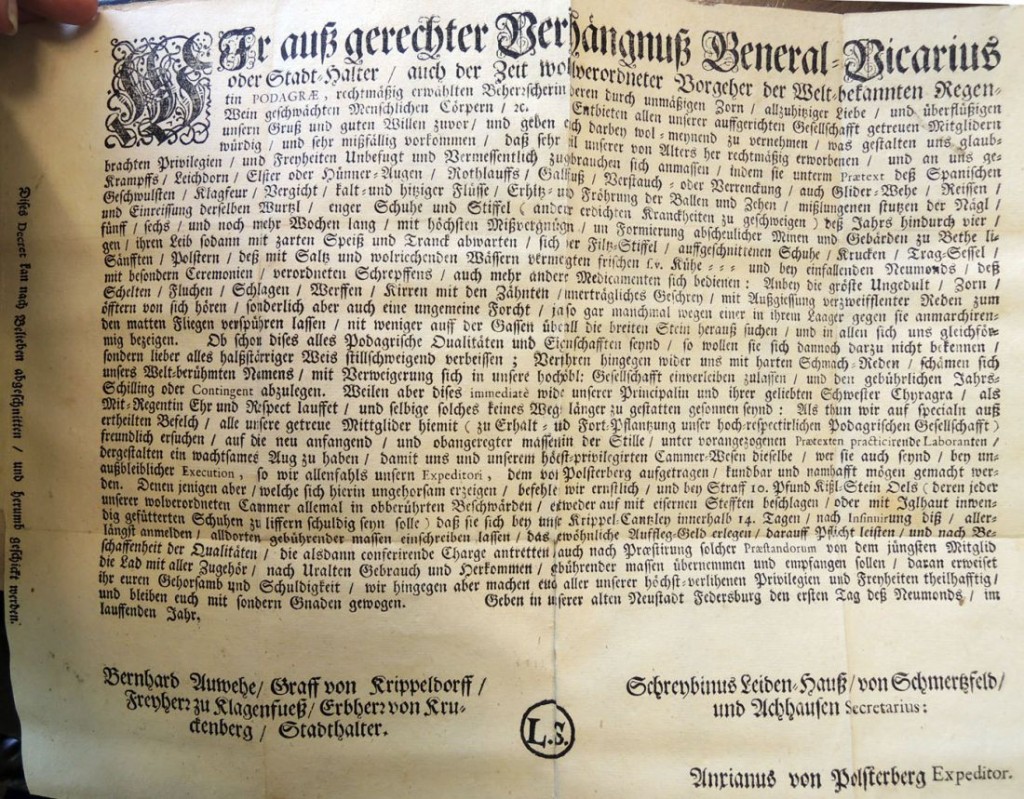
Translation of Podagra Decree:
We, by just misfortune deputy-general or governor, also at present delegated representative of the world-renowned monarch Podagra, the rightfully elected sovereign of those whose human bodies, through immoderate wrath, too ardent love, and superfluous wine, &c. Do present to all faithful members of our upright society, first of all our greetings and good will, and thereby give you to understand, how credible and very disagreeable it has seemed to us, that very many people are usurping our ancient and legitimately acquired privileges and liberties, illegitimately and presumptuously, by lying in bed – under the pretext of Spanish cramps, foot-corns, magpie or hen eyes, erysipelas, gall-foot, strain or sprain, also pain in the limbs, rheumatism, tumors, fire-plaint, gout, cold and hot fluxes, heating and freezing of the balls of the feet and of the toes, faulty clipping of the toenails, rupture of the roots of the toenails, tight shoes and boots (to say nothing of other fictitious diseases) – by lying in bed, that is, for four, five, six, and even more weeks out of the year, in the greatest discomfort, forming the most repulsive facial expressions and loathsome gesticulations, and afterwards tending to their bodies with light food and drink, and making use of felt boots, open-toed shoes, crutches, sedan chairs, litters, cushions, solutions of salt in scented waters, known as “coolness” – – – and by the light of the new moon, with special ceremonies and prescribed bleedings, taking other medicines as well:
Meanwhile they express themselves with the greatest impatience, ire, scolding, cursing, rapping, flinging [of objects], gnashing of teeth, unbearable screaming, with outpourings of desperate utterances, but especially also an extraordinary fear, indeed even sometimes because they notice a feeble little fly advancing towards them in bed; no less do they, when walking in the street, seek out the broadest stones [to walk upon]; and in all things they show themselves to us in the same way. Although all these are Podagrian qualities and characteristics, these people are nevertheless unwilling to confess to it [their true condition], but rather put a brave face on matters in a stiff-necked way, admitting nothing; On the contrary, they proceed against us with outrage and insults, ashamed of our world-renowned name, refusing to be incorporated into our praiseworthy society, and to remit the proper yearly shilling or membership dues. But because this runs immediately counter to our queen and to her dear sister Chyragra [gout of the hand], as co-regent in honor and respect, and as such can in no way be thought to be permitted any longer:
So do we specially, by published command, hereby amicably call on all our faithful members (for the maintenance and propagation of our highly respectable Podagrian Society) to discreetly keep a watchful eye on those recently afflicted and overstimulated and practicing under false pretexts, so that the names of these people, whoever they are, may be made known to us and to our most highly privileged chamber, without fail, as we have charged our expediter, von Polsterberg, with all cases. Those, however, who show themselves to be disobedient in this matter, we command earnestly, and on penalty of 10 pounds of flint-oil (of which [?] any member of our well ordered chamber suffering at any time from the aforementioned infirmities, shall be obliged to be given over to be shod with iron nails or with shoes lined with hedgehog-hide) that they should report to our Cripple-Chancellery within 14 days at the most after being accused, to register there as is befitting, to pay the usual fine, and then to swear an oath of allegiance, and according to the nature of the qualities taken up by the charge then to be discussed, also after the accomplishment of such tasks as are to be performed by the youngest member, they shall duly receive and take charge of the box with all its appurtenances, according to ancient custom and heritage; thereby you will prove your obedience and indebtedness, whereas we on the other hand make you participants in all our most highly bestowed privileges and liberties, and remain, with special grace, well disposed towards you.
Given in our old New-City Featherburg the first day of the New Moon, in the current year.
Bernhard Ouch-Woe, Count of Crippledorf, Baron of Plaint-Feet, Hereditary Lord of Crutchberg, Governor. Screambinus Suffer-House, of Painfield and Ach-House, Secretary. Anxietus of Cushionberg, Expediter.
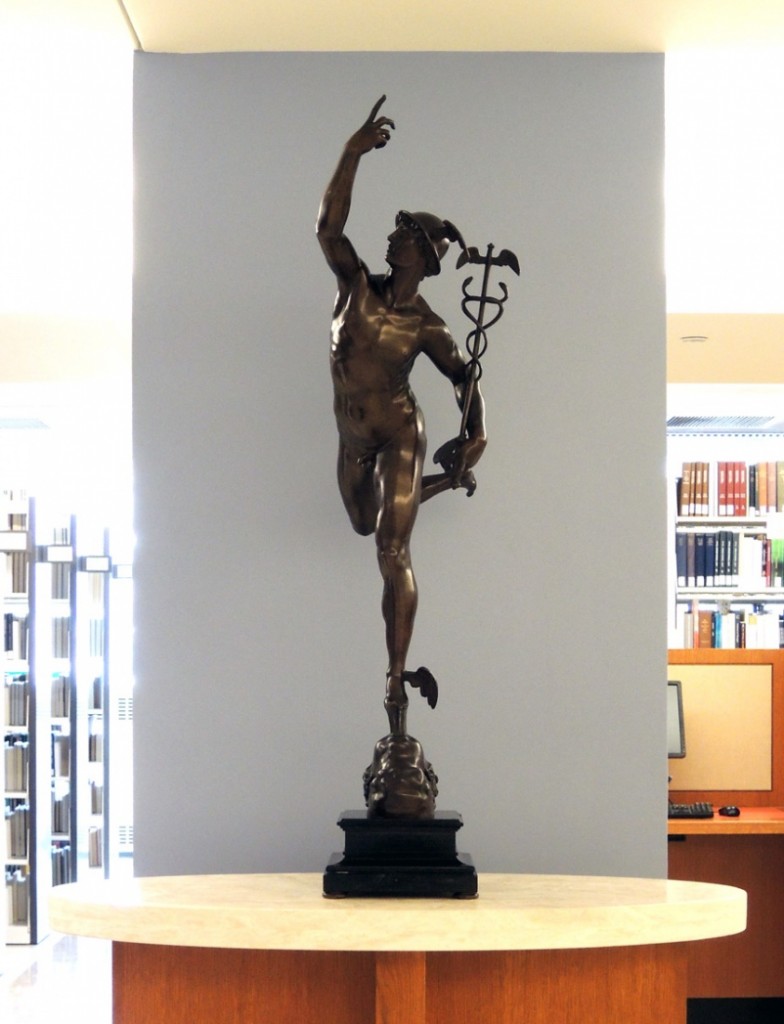 After Giambologna (1529–1608), Mercury, no date. Bronze. Princeton University, Gift of Mrs. Edgar Palmer. PP515.
After Giambologna (1529–1608), Mercury, no date. Bronze. Princeton University, Gift of Mrs. Edgar Palmer. PP515.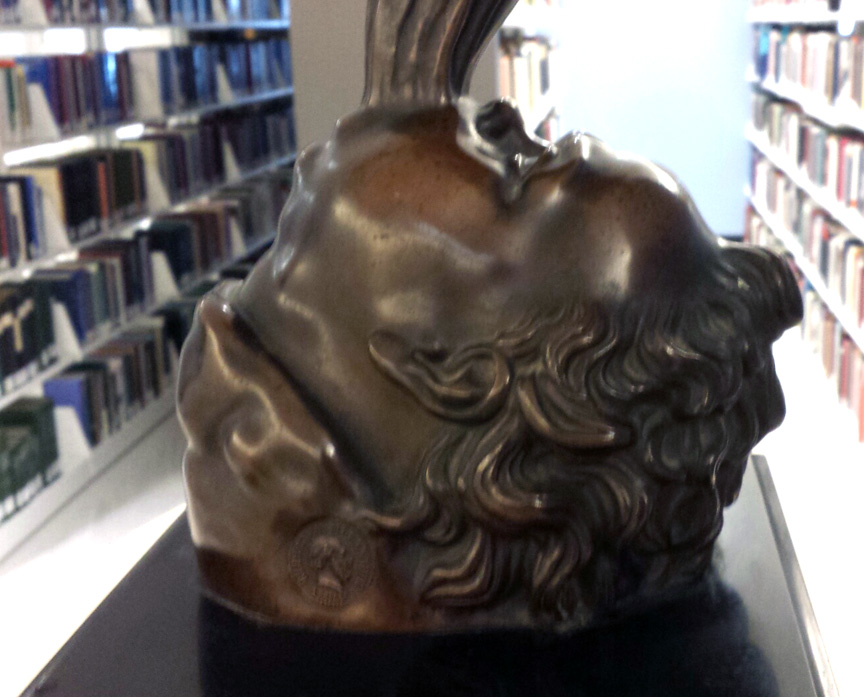 While our students are away on their spring break, we placed a few more works of art and science into the newly renovated Firestone Library. Here are images from the last couple days. Note in particular, you can see the bottom of the world as you walk up the stairs.
While our students are away on their spring break, we placed a few more works of art and science into the newly renovated Firestone Library. Here are images from the last couple days. Note in particular, you can see the bottom of the world as you walk up the stairs.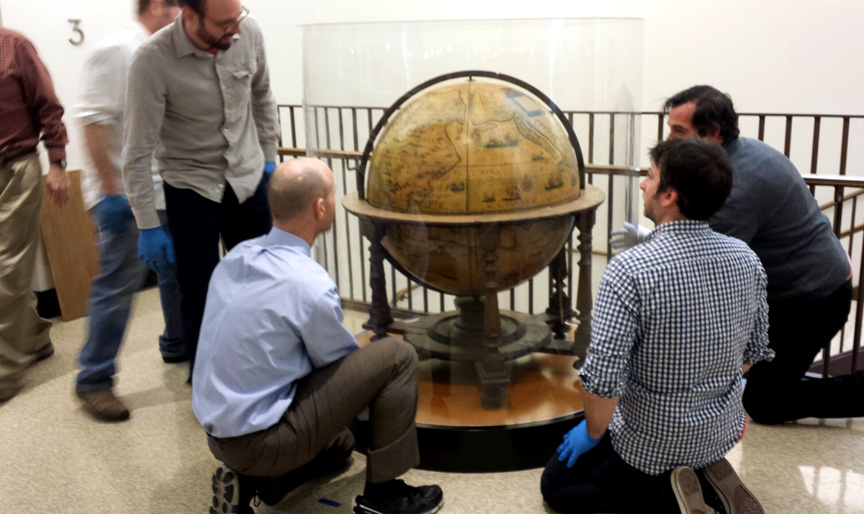 Anonymous, Terrestrial Globe, Venice, 1631. Hand-painted, 32 inches in diameter, with full metal meridian ring, and printed horizon ring, resting on a short turned column in an elaborate wooden stand of six turned supports and half-ball feet. Rare Books and Special Collections.
Anonymous, Terrestrial Globe, Venice, 1631. Hand-painted, 32 inches in diameter, with full metal meridian ring, and printed horizon ring, resting on a short turned column in an elaborate wooden stand of six turned supports and half-ball feet. Rare Books and Special Collections.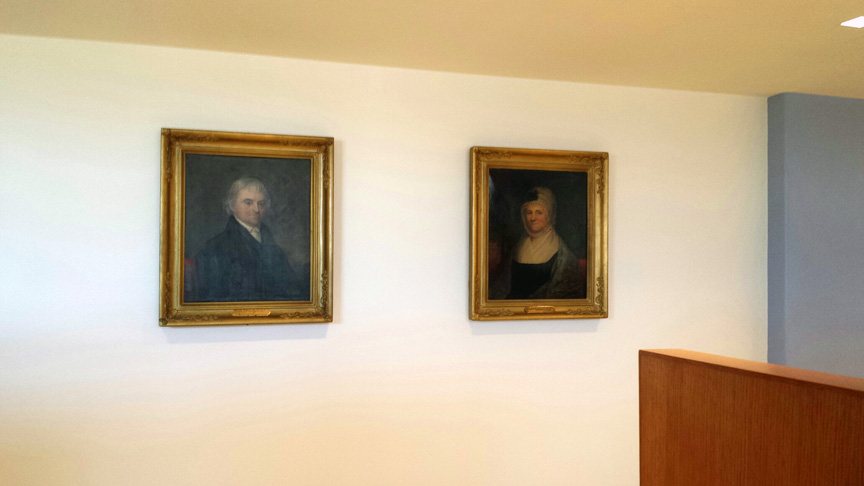 Otis Bass (1784-1861), Samuel Blair, Jr. (1741-1818) and Susan Shippen Blair (Mrs. Samuel Blair, Jr.) (1743-1821), ca. 1812-17. Oil on canvas. Princeton University, Gift of Roberdeau Buchanan. PP52.
Otis Bass (1784-1861), Samuel Blair, Jr. (1741-1818) and Susan Shippen Blair (Mrs. Samuel Blair, Jr.) (1743-1821), ca. 1812-17. Oil on canvas. Princeton University, Gift of Roberdeau Buchanan. PP52.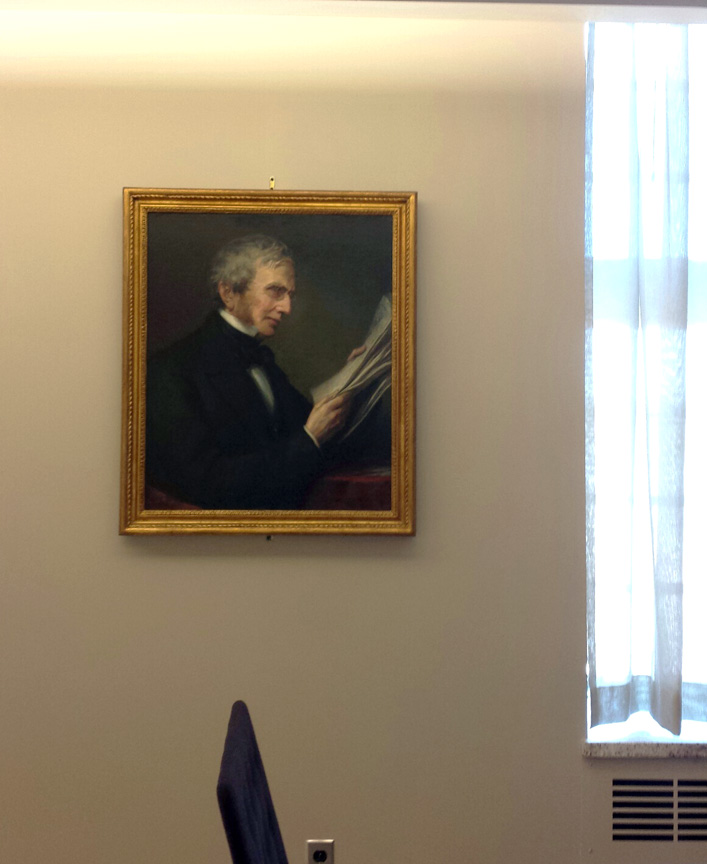 Daniel Huntington (1816-1906), John Torrey (1796-1873), 1857. Oil on canvas. Princeton University, presented by a group of alumni in 1916. PP61.
Daniel Huntington (1816-1906), John Torrey (1796-1873), 1857. Oil on canvas. Princeton University, presented by a group of alumni in 1916. PP61.
